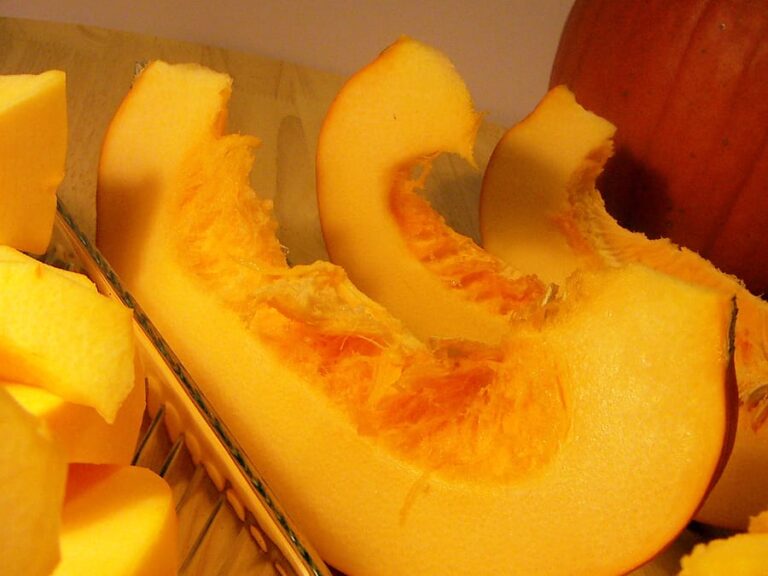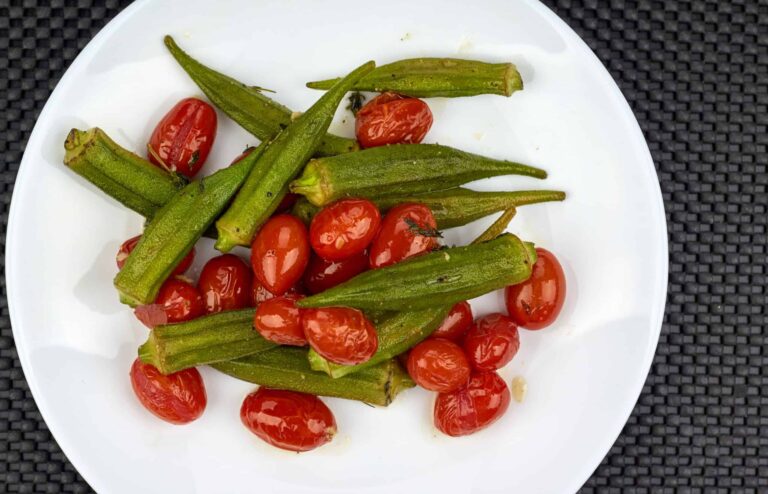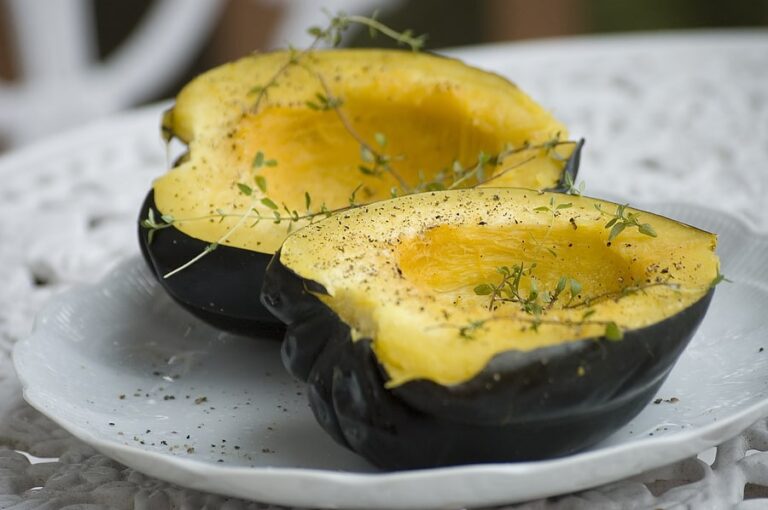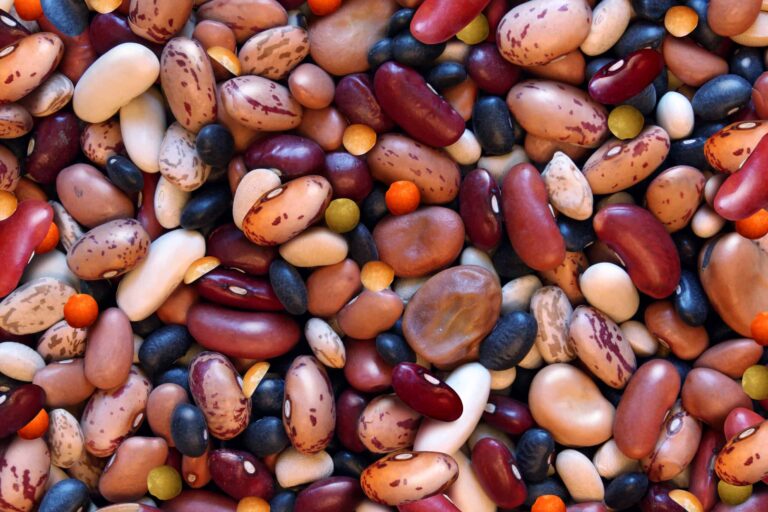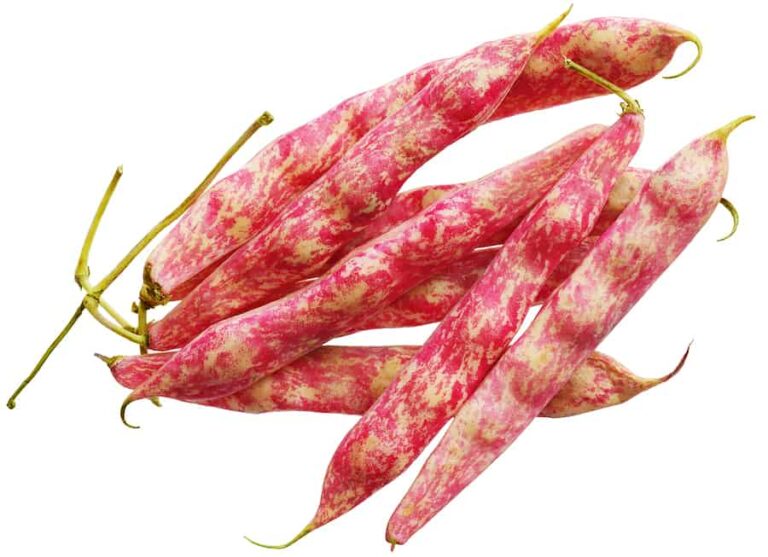Five Ways to Cook Pumpkins
Cooking with pumpkins is one of my favorite fall traditions, and over the years, I’ve learned there’s so much more to it than just pie! Homegrown or farmers’ market pumpkins—especially varieties like ‘Sugar Pie’ or ‘Winter Luxury’—are naturally sweeter and creamier than the giant carving types. After harvesting my own pumpkins each October, I like…

